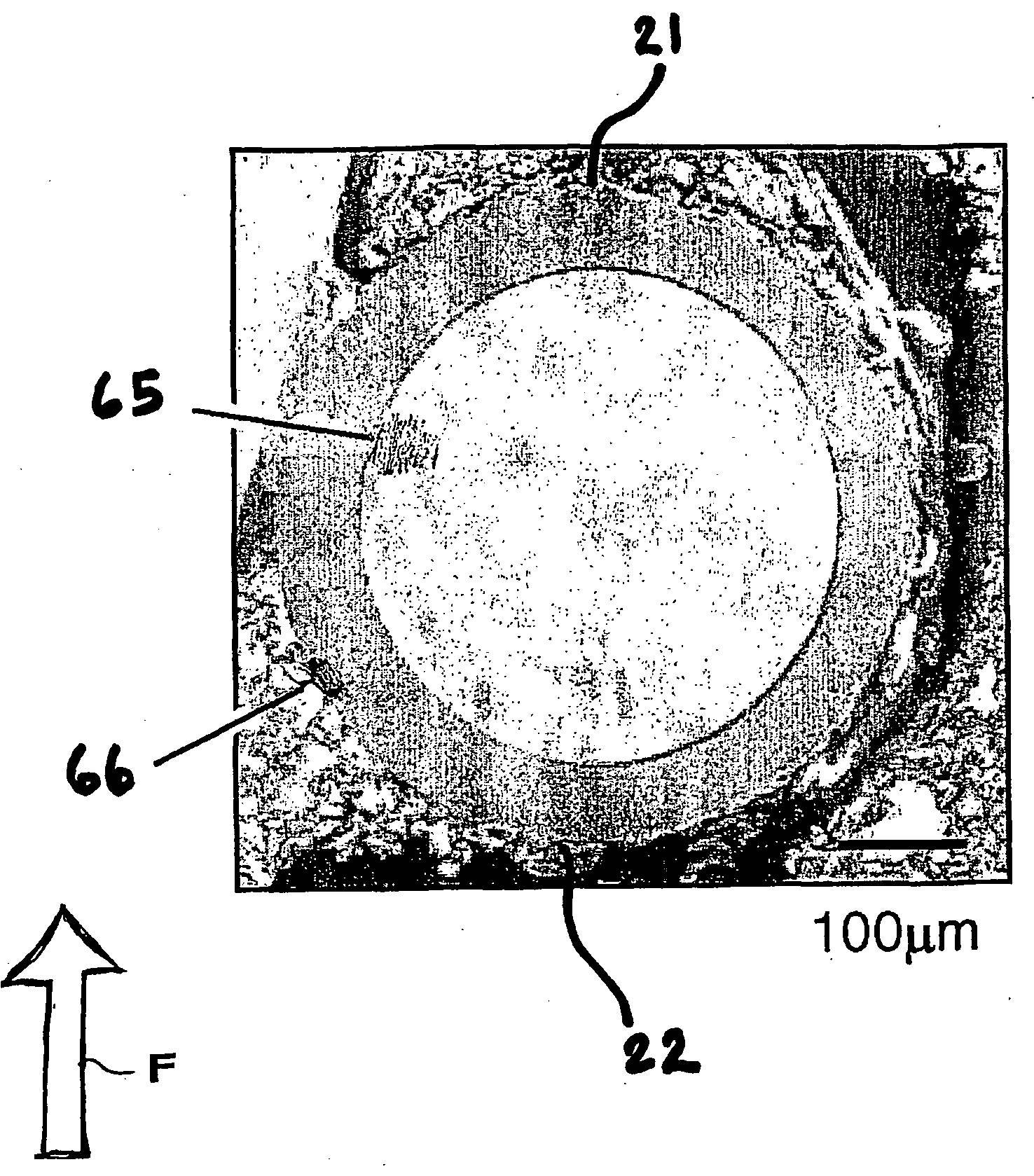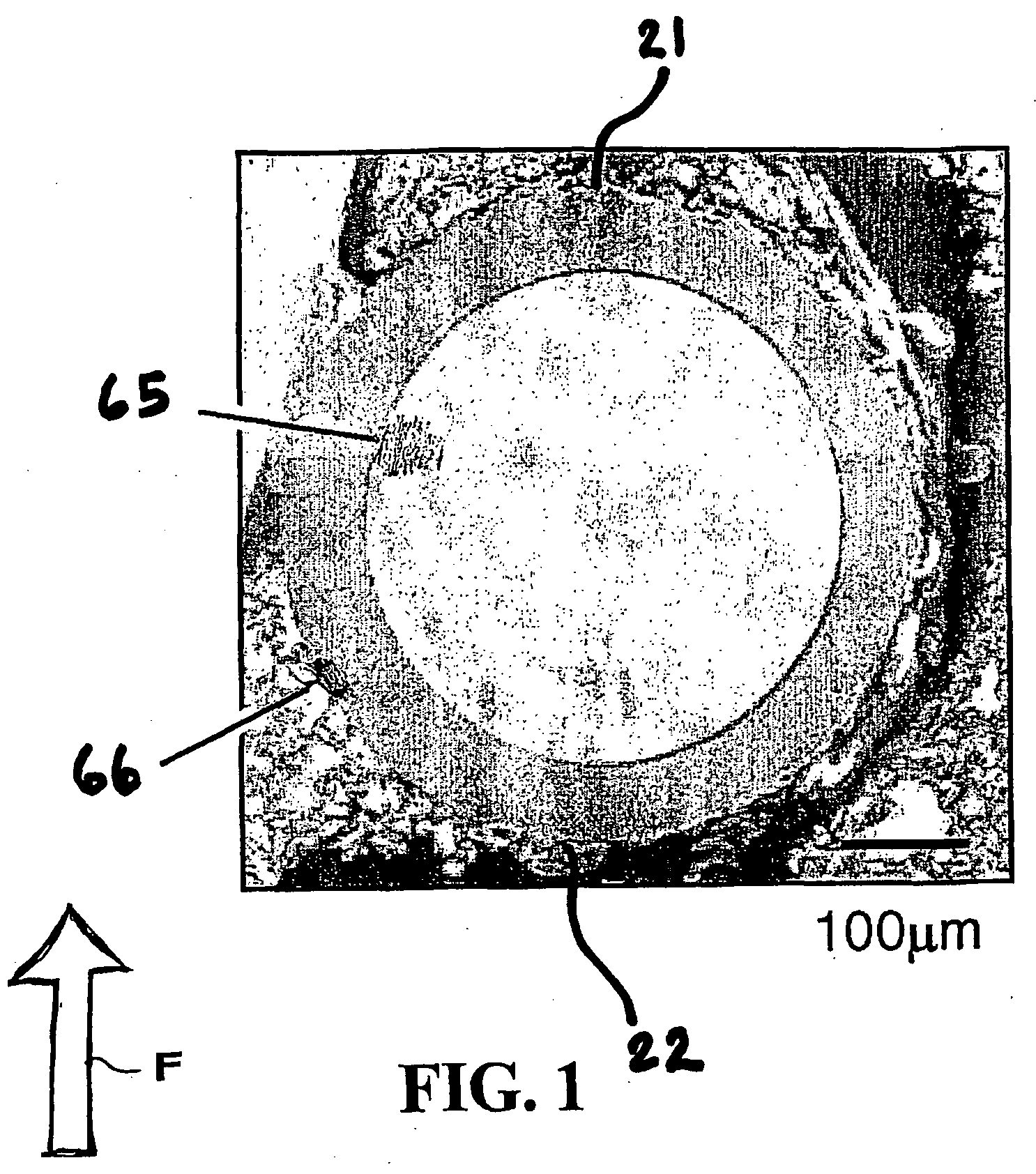Apparatus and method for applying coatings onto the interior surfaces of components and related structures produced therefrom
a technology of interior surfaces and coatings, applied in the direction of solid-state diffusion coatings, electric/magnetic/electromagnetic heating, magnetic bodies, etc., can solve the problems of limited use life of small and medium-sized (20 to 40 mm) gun barrels, toxic materials, and difficult disposal of materials, so as to control the effect of effectiveness
- Summary
- Abstract
- Description
- Claims
- Application Information
AI Technical Summary
Benefits of technology
Problems solved by technology
Method used
Image
Examples
Embodiment Construction
[0051]In general, physical vapor deposition processes can be considered as multi-step processes; a) vapor creation, b) vapor transport, c) vapor adatom adsorption and d) assembly on the substrate (component). Methodologies for the creation of the vapor are many and have been widely researched as has the assembly processes at the substrate. There is, however, a need for, among other things, an improved control of the vapor transport processes that enable increased process efficiency, improved composition control, limited-line-of-sight (LLOS) and non-line-of-sight (NLOS) deposition. Such attributes would promise to greatly improve the economy of PVD processes and other process types and its potential range of applications.
[0052]One approach of an aspect of an embodiment of the present invention is to alter the vapor transport step through the use of binary collisions between vapor atoms and a moving background gas. This is enabled by the use of certain chamber pressures to control the...
PUM
| Property | Measurement | Unit |
|---|---|---|
| pressure | aaaaa | aaaaa |
| pressure | aaaaa | aaaaa |
| diameter | aaaaa | aaaaa |
Abstract
Description
Claims
Application Information
 Login to View More
Login to View More - R&D
- Intellectual Property
- Life Sciences
- Materials
- Tech Scout
- Unparalleled Data Quality
- Higher Quality Content
- 60% Fewer Hallucinations
Browse by: Latest US Patents, China's latest patents, Technical Efficacy Thesaurus, Application Domain, Technology Topic, Popular Technical Reports.
© 2025 PatSnap. All rights reserved.Legal|Privacy policy|Modern Slavery Act Transparency Statement|Sitemap|About US| Contact US: help@patsnap.com



